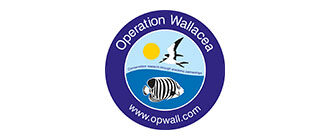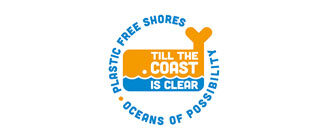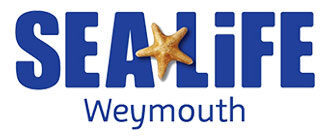SeaHive reefs and shelters provide an ideal method for students to maximise their practical participation in projects that use recycled materials to benefit the marine environment.
Students find it especially rewarding to design and deploy their own structures , and then observe first hand how the new habitats they have created are populated by local species.
SeaHives deployed in marinas and harbours should be suspended 2 to 3m below the surface, so they can easily be monitored by students using pole mounted cameras.
Time lapse photography is especially effective for recording how pioneering filter feeding animals and algae attach themselves to SeaHives and rapidly create an entirely new ecosystem.













